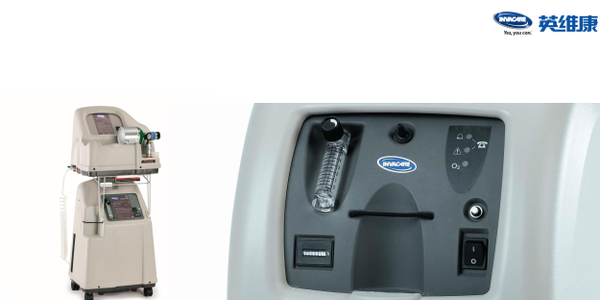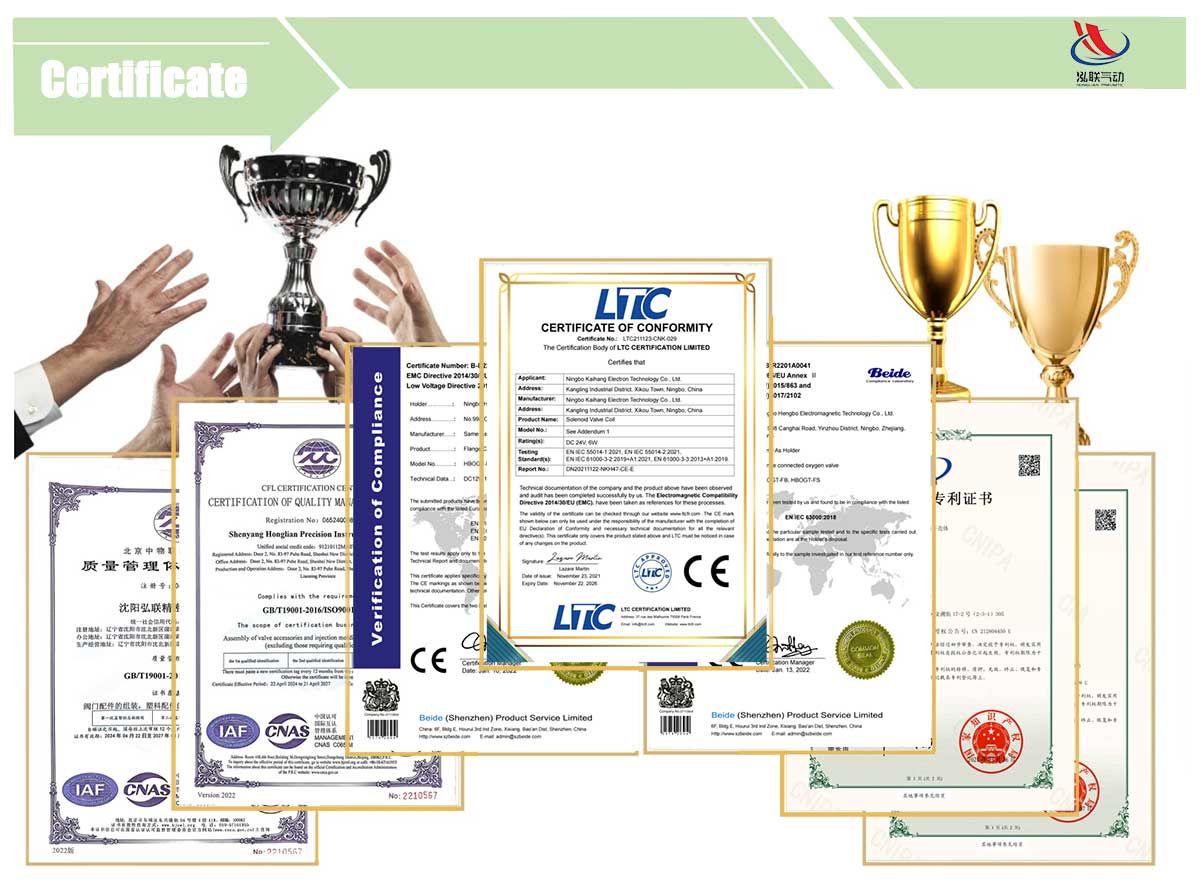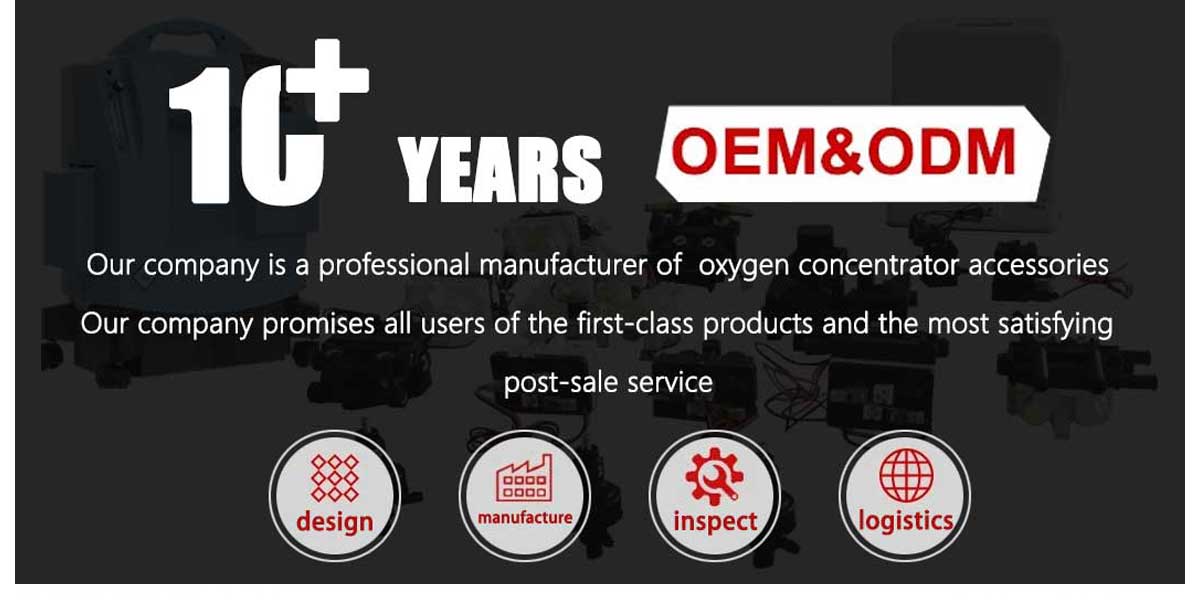Wie gut wissen Sie über die Sauerstoffkonzentration und Sauerstoffflussrate von Sauerstoffkonzentratoren?
Ein altes Sprichwort sagt: „Der Mensch lebt vom Atem.“ Dieser Satz verdeutlicht eindringlich, wie wichtig der Atem ist. Haben wir jemals das Gefühl gehabt, dem Tod nahe zu sein und nicht mehr zu Atem zu kommen? Ich glaube, wer so etwas einmal erlebt hat, vergisst es sein Leben lang nicht. Patienten mit chronisch obstruktiver Lungenerkrankung und solche mit Herzfunktionsstörungen wissen das sehr gut. Manche Menschen werden sogar so sehr gefoltert, dass sie sich den Tod wünschen. Mit der Entwicklung der Wissenschaft und dem Aufkommen von Sauerstoffkonzentratoren gibt es für diese Patienten neue Hoffnung. Sauerstoffkonzentratoren für den Hausgebrauch sind für diese Patienten zu einer unverzichtbaren Notwendigkeit geworden. Verstehen wir also wirklich etwas über die Sauerstoffkonzentration und den Sauerstofffluss von Sauerstoffkonzentratoren, wenn wir sie verwenden?
Sauerstoffflussrate des Sauerstoffkonzentrators: Stellt die Sauerstoffausgangsflussrate pro Minute des Sauerstoffkonzentrators dar.

Derzeit sind Sauerstoffkonzentratoren mit unterschiedlichen Durchflussraten wie 1 l, 3 l, 5 l und 9 l auf dem Markt erhältlich. Die Skalenanzeige, die wir beim Einatmen von Sauerstoff einstellen, ist die aktuelle Sauerstoffdurchflussrate, die wir einatmen. Wenn Sie beispielsweise Sauerstoff einatmen und die Durchflussanzeige auf 5 l/min einstellen, beträgt die Sauerstoffdurchflussrate, die Sie aktuell einatmen, 5 l/min.
Sauerstoffkonzentration des Sauerstoffkonzentrators: Bezieht sich auf die Sauerstoffausgangskonzentration des Sauerstoffkonzentrators.
Ich frage mich, ob Sie schon einmal eine solche Erfahrung gemacht haben. Sie haben das Gefühl, dass Sie trotz Sauerstoffeinatmung immer noch kurzatmig sind und unwillkürlich die Sauerstoffflussrate erhöhen, weil Sie denken, dass wir nur dann mehr Sauerstoff einatmen, wenn die Sauerstoffflussrate höher ist. Tatsächlich ist diese Vorstellung nicht falsch. Allerdings weisen viele derzeit auf dem Markt erhältliche Sauerstoffkonzentratoren eine verringerte Sauerstoffkonzentration auf, wenn die Sauerstoffflussrate erhöht wird. Daher kann die tatsächlich in die Lunge eingeatmete effektive Sauerstoffkonzentration nicht die therapeutische Wirkung erzielen.

Wie in der folgenden Abbildung gezeigt: Bei vielen Sauerstoffkonzentratoren kann die Sauerstoffkonzentration bei 90 % aufrechterhalten werden, wenn die Sauerstoffflussrate 1 l/min beträgt; wenn die Sauerstoffflussrate auf 2 l/min eingestellt wird, sinkt die Sauerstoffkonzentration auf 50 %; wenn die Sauerstoffflussrate auf 3 l/min eingestellt wird, beträgt die Sauerstoffflussrate 40 %; wenn die Sauerstoffflussrate 5 l/min erreicht, beträgt die Sauerstoffkonzentration nur noch 30 %.
Welche Bedeutung haben Sauerstoffflussrate und Sauerstoffkonzentration für einige unserer Patienten mit Lungenerkrankungen?
Für Patienten mit Lungenerkrankungen, die eine langfristige Sauerstoffinhalation benötigen, ist ein Sauerstoffkonzentrator, dessen Sauerstoffkonzentration mit zunehmender Sauerstoffflussrate abnimmt, nicht von großer Bedeutung.
Die häufigste Gruppe von Menschen, die beispielsweise eine langfristige Sauerstoffinhalation benötigen, sind Patienten mit chronisch obstruktiver Lungenerkrankung (COPD). Die Sauerstoffkonzentration in der Luft, die wir täglich atmen, beträgt 21 %. Im Allgemeinen muss bei COPD-Patienten die effektive Sauerstoffkonzentration, die nach der Sauerstoffinhalation die Lunge erreicht, zwischen 29 % und 35 % liegen und stabil und kontinuierlich sein, um eine therapeutische Wirkung zu erzielen. Wir haben eine Berechnungsmethode. Beim Inhalieren von Sauerstoff durch eine Nasenkanüle beträgt die effektive Sauerstoffkonzentration, die die Lunge solcher Patienten erreicht, 21 % + 4 % × Sauerstoffausgangsflussrate des Sauerstoffkonzentrators × Sauerstoffausgangskonzentration des Sauerstoffkonzentrators.
Wenn die Sauerstoffabgabekonzentration unseres Haushalts-Sauerstoffkonzentrators bei 90 % gehalten wird, muss die Sauerstoffabgabeflussrate des Sauerstoffkonzentrators bei 2 bis 4 Litern gehalten werden, um sicherzustellen, dass eine bestimmte wirksame Sauerstoffkonzentration die Lunge erreicht.
Wenn wir uns also für einen Sauerstoffkonzentrator entscheiden, müssen wir uns für einen Sauerstoffkonzentrator mit großem Durchfluss von 5 l oder 9 l entscheiden. Gleichzeitig müssen wir auch sicherstellen, dass bei einer Einstellung der Sauerstoffdurchflussrate auf 5 l/min die Sauerstoffkonzentration immer noch bei 90 % gehalten werden kann.
Wir haben eine Umfrage unter Patienten und ihren Familien durchgeführt, die eine langfristige Sauerstofftherapie benötigen. Die Umfragedaten zeigen, dass etwa 30 % der Patienten keine langfristige Sauerstofftherapie zu Hause durchführen und 78 % der Patienten die langfristige Sauerstofftherapie zu Hause nicht richtig durchführen. Viele Menschen haben sogar den falschen Sauerstoffkonzentrator gewählt.
Invacare ist in den USA der erste Hersteller von Sauerstoffkonzentratoren. Das Unternehmen hat sich immer für eine wissenschaftlich fundierte Auswahl von Sauerstoffkonzentratoren eingesetzt. Patienten sollten den Rat des Arztes befolgen und die Sauerstofftherapie zu Hause entsprechend ihrem Zustand richtig durchführen. Die Wahl eines für den eigenen Zustand geeigneten Sauerstoffkonzentrators und die gleichzeitige Befolgung des Rats des Arztes für eine angemessene Sauerstofftherapie können die Symptome oft wirksam lindern, eine Verschlimmerung des Krankheitsverlaufs verhindern und die Überlebensrate und Lebenserfahrung erheblich verbessern.
Holian pflegt eine langjährige und enge Zusammenarbeit mit der international renommierten Marke Invacare.Magnetventile und Steuerplatinen für InvacareDie von uns speziell angepassten Sauerstoffkonzentratoren der Marke sind perfekt kompatibel und gewährleisten den stabilen Betrieb der Sauerstoffkonzentratoren von Invacare. Diese hochwertige Anpassungsfähigkeit basiert auf dem umfassenden Verständnis und der technologischen Integration von Sauerstoffkonzentratoren in der langfristigen Zusammenarbeit zwischen beiden Parteien.
Darüber hinaus sind Holians Magnetventile und Steuerplatinen die bevorzugten Ersatzteile für viele Wartungs- und Supportunternehmen für Sauerstoffkonzentratoren. Dahinter steht eine strenge Qualitätskontrolle. Jedes Magnetventil wird in feinster Handwerkskunst hergestellt und jede Steuerplatine verfügt über fortschrittliche Technologie, um hohe Präzision und Stabilität zu gewährleisten. Ob als Reaktion auf komplexe Arbeitsumgebungen oder langfristige Nutzungsanforderungen, Holian-Zubehör kann hervorragende Leistung zeigen. Wenn Sie sich für Holian entscheiden, wählen Sie zuverlässiges und langlebiges Zubehör für Sauerstoffkonzentratoren, das eine solide Unterstützung für den kontinuierlichen Betrieb und die Wartung von Sauerstoffkonzentratoren bietet und es Sauerstoffkonzentratoren ermöglicht, weiterhin eine Schlüsselrolle im Bereich des Gesundheitsschutzes zu spielen.


